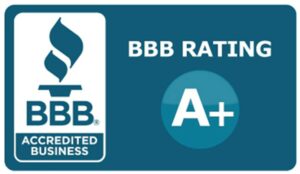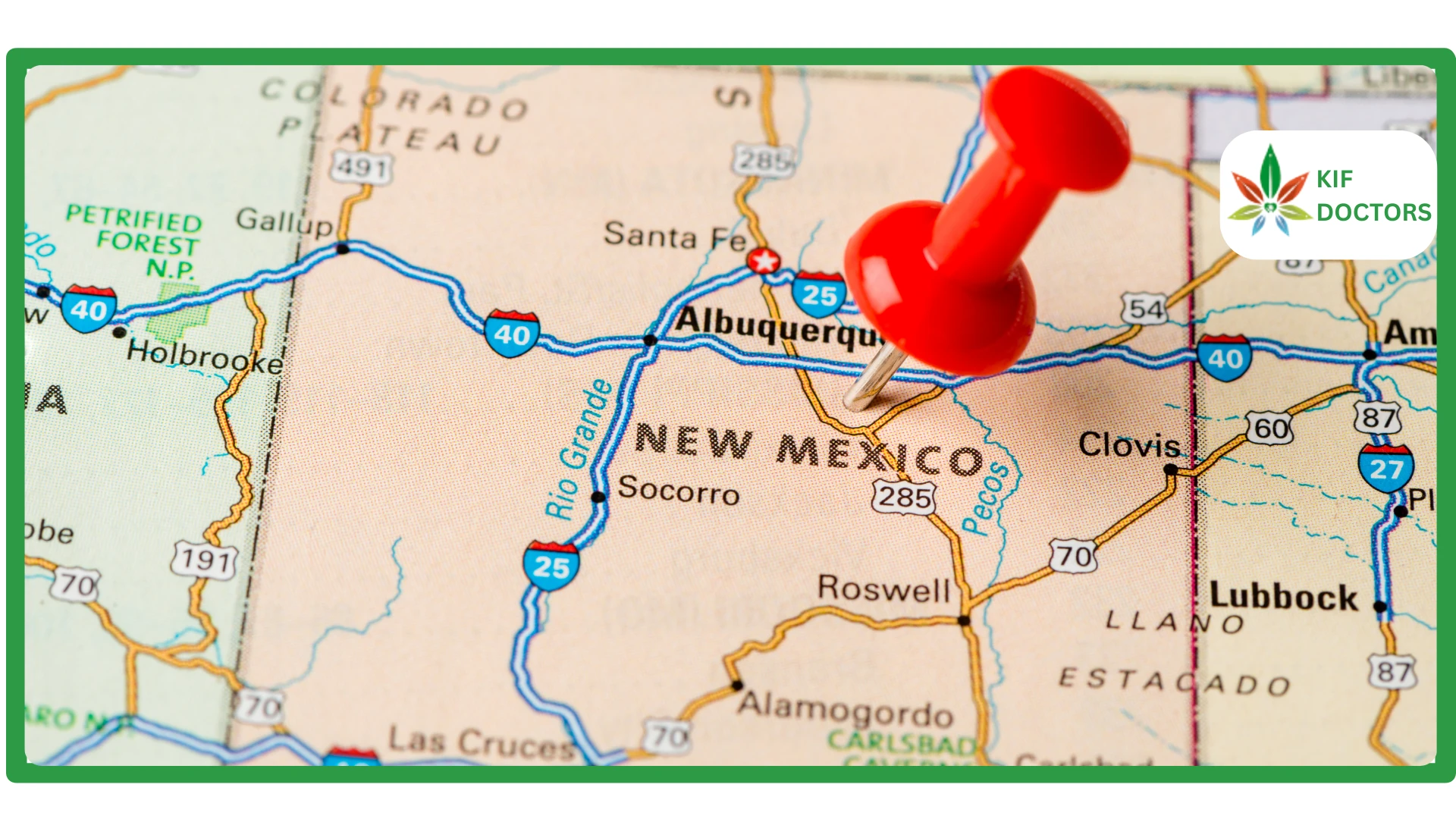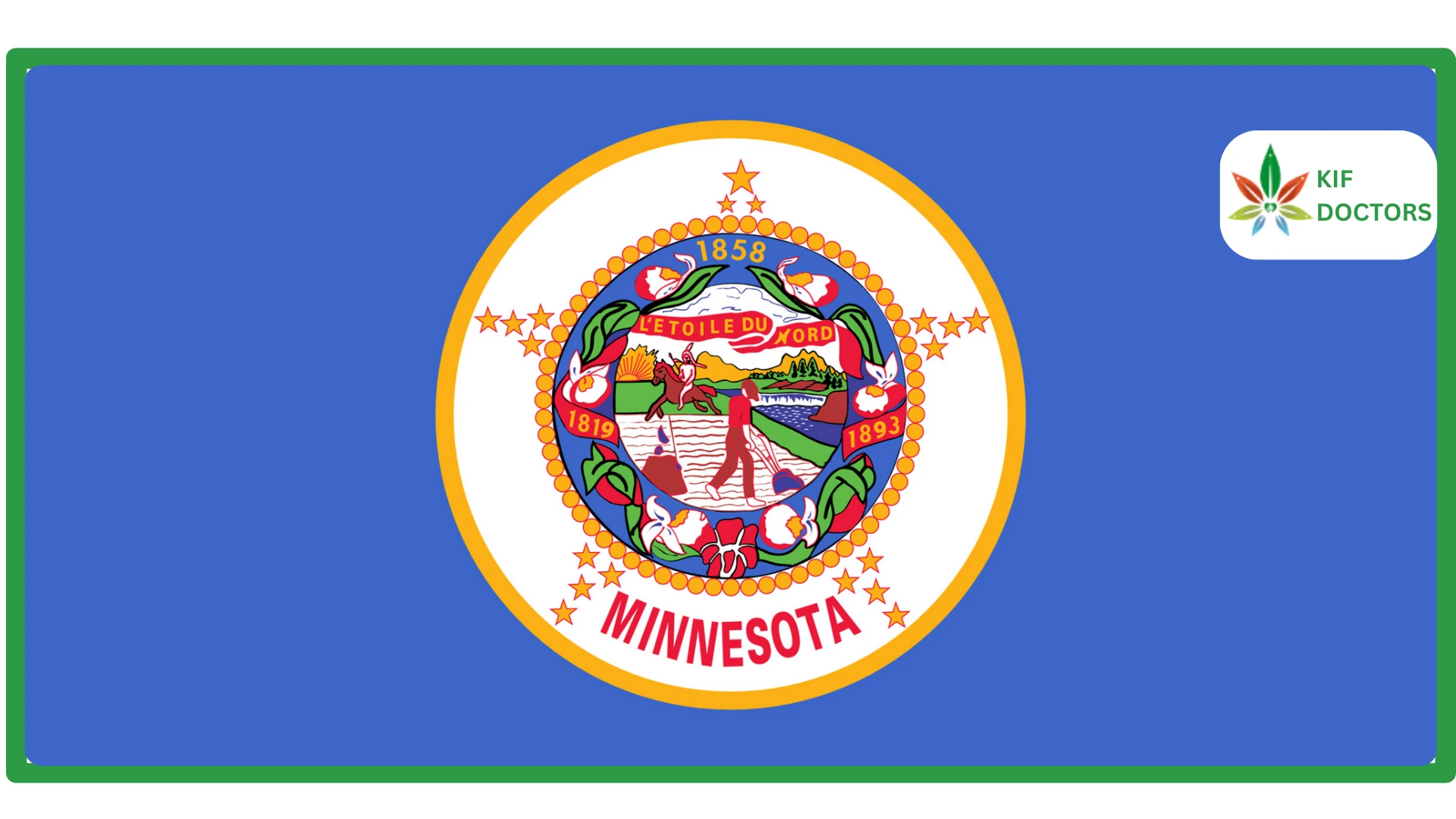California has long been a trailblazer in the world of cannabis, setting the stage for legalization across the United States. As one of the first states to legalize medical marijuana in 1996 and recreational use in 2016, California boasts a robust and well-regulated cannabis industry. However, navigating the state’s laws, regulations, and options can be complex for residents, visitors, and newcomers alike. This comprehensive guide covers California’s cannabis landscape, including recreational and medical marijuana laws, how to obtain a medical cannabis card, purchasing and consumption rules, and what the future holds for cannabis in the Golden State. Whether you’re seeking relief through medical cannabis or exploring recreational use, here’s everything you need to know.
Recreational Marijuana in California: Legal and Regulated
California made history in 2016 when voters passed Proposition 64, the Adult Use of Marijuana Act, legalizing recreational marijuana for adults 21 and older. The law, which took effect in 2018, allows adults to possess, use, and cultivate cannabis within specific limits, while establishing a regulated market for sales and distribution. The California Department of Cannabis Control (DCC) oversees the industry, ensuring compliance with safety, testing, and taxation standards.
Under Proposition 64, adults can:
- Possess up to 1 ounce (28.5 grams) of cannabis flower or 8 grams of cannabis concentrate (e.g., wax, shatter, or oil).
- Cultivate up to 6 cannabis plants per person at a private residence, provided the plants are grown in a secure, non-public area.
- Purchase cannabis from licensed dispensaries, which must adhere to strict testing and labeling requirements.
- Consume cannabis in private residences or at licensed consumption lounges in some cities.
However, there are restrictions to keep in mind. Public consumption of cannabis is illegal, whether smoking, vaping, or eating edibles, and violations can result in a fine of up to $100. Driving under the influence of cannabis is also prohibited, with penalties similar to those for alcohol-related DUIs, including fines, license suspension, and potential jail time. Cannabis cannot be transported across state lines, even to other states where it’s legal, due to federal law classifying marijuana as a Schedule I substance.
Local governments in California have significant control over cannabis activities. While recreational marijuana is legal statewide, cities and counties can ban or restrict dispensaries, cultivation, and delivery services. For example, over 60% of California’s cities and counties prohibit retail cannabis businesses, meaning access varies widely depending on where you live or visit. Major cities like Los Angeles, San Francisco, and San Diego have embraced dispensaries and consumption lounges, while more conservative areas, such as parts of Orange County or rural counties, may have stricter rules.
California’s Medical Marijuana Program: A Pioneer in Access
California’s medical marijuana program, established through Proposition 215 in 1996 (the Compassionate Use Act), was the first of its kind in the nation. The program allows patients with qualifying conditions to access cannabis with a doctor’s recommendation, offering benefits not available to recreational users. The Department of Cannabis Control and the California Department of Public Health (CDPH) jointly oversee the program, ensuring safe access to medical cannabis through licensed dispensaries and delivery services.
Medical marijuana patients in California enjoy several advantages:
- Higher possession limits: Up to 8 ounces of cannabis flower, unless a physician recommends more for medical needs.
- Tax exemptions: Medical cannabis cardholders are exempt from the state’s 7.25–10.25% sales tax and certain local cannabis taxes, saving significant costs.
- Access to stronger products: Medical dispensaries often carry high-potency products unavailable in recreational markets.
- Legal protections: Patients have stronger defenses against workplace discrimination or housing issues related to cannabis use, though protections are not absolute.
The medical program is less restrictive than those in states like Alabama or Iowa, with a broad list of qualifying conditions and a straightforward process for obtaining a recommendation. Unlike recreational use, medical cannabis can be recommended for patients under 21, including minors, with parental consent and a physician’s approval.
Qualifying Conditions for Medical Cannabis
California’s medical marijuana program is notably flexible, allowing physicians to recommend cannabis for a wide range of conditions. The Compassionate Use Act lists specific conditions but also includes a catch-all provision for “any other chronic or persistent medical symptom” that limits daily activities or causes serious harm if untreated. Common qualifying conditions include:
- Chronic pain
- Cancer
- HIV/AIDS
- Epilepsy
- Multiple sclerosis
- Glaucoma
- Arthritis
- Migraines
- Anxiety or depression
- Post-traumatic stress disorder (PTSD)
- Cachexia (wasting syndrome)
- Seizure disorders
Physicians have discretion to recommend cannabis for conditions not explicitly listed, making California’s program one of the most inclusive in the country. This flexibility has allowed thousands of patients to access cannabis for conditions ranging from insomnia to autoimmune disorders.
How to Get a Medical Cannabis Card in California
Obtaining a medical cannabis card in California is a simple process, thanks to the state’s well-established program and widespread access to healthcare providers. While a state-issued medical marijuana identification card (MMIC) is optional, a physician’s recommendation is required to access medical cannabis benefits. Here’s a step-by-step guide:
- Consult a Licensed Physician: Schedule an appointment with a California-licensed physician, either in-person or via telemedicine. The doctor will evaluate your medical history and determine if cannabis is appropriate for your condition.
- Obtain a Written Recommendation: If approved, the physician provides a written recommendation, valid for one year. This document allows you to purchase medical cannabis from dispensaries and claim tax exemptions.
- Apply for an MMIC (Optional): For additional legal protections and convenience, you can apply for a state-issued MMIC through your county’s health department. The application requires the physician’s recommendation, proof of California residency, and a fee (typically $50–$100, with discounts for Medi-Cal patients). The MMIC is valid for one year and can be renewed annually.
- Visit a Dispensary: With your recommendation or MMIC, you can purchase medical cannabis from licensed dispensaries or order through delivery services. Many dispensaries require a digital or physical copy of your recommendation at the first visit.
For a hassle-free experience, services like Kif Doctors offer online evaluations to connect patients with certified physicians. I always recommend going for a Medical Marijuana Card Online Instantly to simplify the process and ensure quick access to medical cannabis benefits.
Minors under 18 can qualify for medical cannabis with parental consent and a physician’s recommendation. Caregivers, typically parents or legal guardians, can apply for an MMIC to purchase and administer cannabis on behalf of the patient. The process is similar but includes additional documentation to verify the caregiver’s relationship to the patient.
Where to Purchase Cannabis
California’s cannabis market is one of the largest in the world, with thousands of licensed dispensaries, delivery services, and consumption lounges. Major cities like Los Angeles, San Francisco, and Oakland are home to hundreds of retail locations, offering everything from flower and edibles to tinctures and topicals. The DCC maintains a searchable database of licensed businesses on its website, allowing consumers to verify dispensary legitimacy [California Department of Cannabis Control].
Delivery services are widely available, especially in urban areas, and many dispensaries offer online ordering for convenience. However, consumers should ensure they purchase from licensed retailers, as unlicensed “pop-up” shops or delivery services can sell untested products that pose health risks. Licensed products must pass rigorous testing for pesticides, heavy metals, and potency, with results displayed on packaging.
Hemp and CBD: Fully Legal with Minimal Restrictions
Hemp-derived products, including cannabidiol (CBD), are legal in California under the 2018 federal Farm Bill, which permits hemp with 0.3% or less THC. CBD oils, gummies, creams, and other products are widely available in retail stores, pharmacies, and online, with no medical card or age restriction for purchase. California’s hemp laws align with federal standards, requiring testing and labeling to ensure compliance.
Unlike some states, California imposes no THC limits on hemp-derived consumables, allowing retailers to sell products like CBD gummies or beverages with trace amounts of THC (within the 0.3% limit). However, consumers should verify product quality by checking for third-party lab reports, as the hemp market is less regulated than the cannabis industry. The state’s embrace of hemp has fueled a booming market, with CBD products appearing in everything from coffee shops to wellness centers.
Taxes and Costs: What to Expect
California’s cannabis market is heavily taxed, which can increase costs for recreational users. The state imposes:
- A 15% excise tax on all cannabis purchases.
- State sales tax (7.25–10.25%), applied to recreational but not medical purchases with a valid MMIC or recommendation.
- Local cannabis taxes, which vary by city and can add 5–15% to the cost.
For example, a $50 purchase of recreational cannabis in Los Angeles might cost $65–$70 after taxes, while a medical patient would pay closer to $50. These tax differences make medical cannabis cards appealing for frequent users or those with chronic conditions. Prices for cannabis products vary widely, with an eighth of an ounce (3.5 grams) of flower ranging from $20–$60, depending on quality and location.
Workplace and Public Use: Know the Rules
While cannabis is legal, California employers can maintain drug-free workplace policies. Recreational and medical users can face termination or discipline for testing positive for THC, even if used off-duty. However, medical cannabis patients have some legal protections under the Fair Employment and Housing Act, which may require employers to accommodate use unless it impairs job performance or safety. Court cases have upheld employers’ rights to enforce zero-tolerance policies, so patients should discuss cannabis use with their employer or seek legal advice.
Public consumption is prohibited, including in parks, sidewalks, or vehicles. Smoking or vaping cannabis in areas where tobacco smoking is banned, such as restaurants or beaches, carries fines of up to $250. Licensed consumption lounges, available in cities like West Hollywood and San Francisco, offer legal spaces for social use, often with food, drinks, and entertainment. These lounges are a growing trend, reflecting California’s innovative approach to cannabis culture.
The Future of Cannabis in California
California’s cannabis industry continues to evolve, driven by consumer demand, legislative updates, and economic opportunities. The state’s market is projected to generate over $5 billion in annual sales, with tax revenue supporting schools, infrastructure, and social equity programs. Recent legislative efforts focus on refining the industry, including:
- Social Equity Programs: Cities like Oakland and Los Angeles offer grants and licensing preferences to communities disproportionately harmed by the War on Drugs, addressing racial disparities in cannabis enforcement.
- Tax Reform: Proposals to reduce cannabis taxes aim to make legal products more competitive with the black market, which still accounts for a significant share of sales.
- Interstate Commerce: If federal legalization occurs, California is poised to lead interstate cannabis trade, leveraging its massive cultivation and manufacturing capacity.
Challenges remain, including oversupply (leading to low prices for growers), high taxes, and competition from unlicensed sellers. Environmental concerns, such as water usage and energy-intensive indoor cultivation, have prompted stricter regulations, with the DCC enforcing sustainability standards. Public support for cannabis remains strong, with over 60% of Californians favoring legalization, according to recent polls [Public Policy Institute of California].
Looking ahead, California is likely to expand consumption lounges, integrate cannabis into tourism (e.g., cannabis wine tours in Napa), and explore medical research into cannabinoids for conditions like Alzheimer’s or chronic pain. The state’s progressive stance ensures it will remain a leader in cannabis policy and culture.
FAQs About Cannabis in California
Is recreational marijuana legal in California?
Yes, adults 21 and older can possess up to 1 ounce of cannabis flower or 8 grams of concentrate, grow up to 6 plants, and purchase from licensed dispensaries under Proposition 64.
Do I need a medical cannabis card in California?
No, a medical cannabis card is optional. A physician’s recommendation is sufficient for medical benefits like tax exemptions and higher possession limits, but recreational use is legal without one.
Can I consume cannabis in public?
No, public consumption is illegal and carries fines up to $100–$250. Cannabis can be used in private residences or licensed consumption lounges in some cities.
Can I grow my own cannabis?
Yes, adults 21 and older can grow up to 6 cannabis plants per person in a secure, non-public area at home. Local ordinances may impose additional restrictions.
Are there taxes on cannabis purchases?
Yes, recreational purchases face a 15% excise tax, state sales tax (7.25–10.25%), and local taxes. Medical cannabis cardholders are exempt from sales and some local taxes.
Conclusion
California’s cannabis laws reflect a balance of progressive access and careful regulation, offering robust options for both recreational and medical users. From the freedom to grow your own plants to the convenience of dispensaries and delivery services, the state has built a dynamic cannabis culture that caters to diverse needs. Medical cannabis patients benefit from a flexible program with tax savings and legal protections, while recreational users enjoy a regulated market with endless product choices. However, local restrictions, high taxes, and workplace policies require users to stay informed and cautious. As California continues to innovate, its cannabis industry remains a model for the nation, blending economic opportunity with social progress. Whether you’re a patient, enthusiast, or curious newcomer, understanding the state’s laws ensures you can navigate this vibrant landscape with confidence.
 Since 2021, Kif offers a streamlined platform to get a medical marijuana card online. We have served more than 45K patients across the United States. Sign Up Now to get the right to use medical cannabis for your health condition without any delay.
Since 2021, Kif offers a streamlined platform to get a medical marijuana card online. We have served more than 45K patients across the United States. Sign Up Now to get the right to use medical cannabis for your health condition without any delay.
























